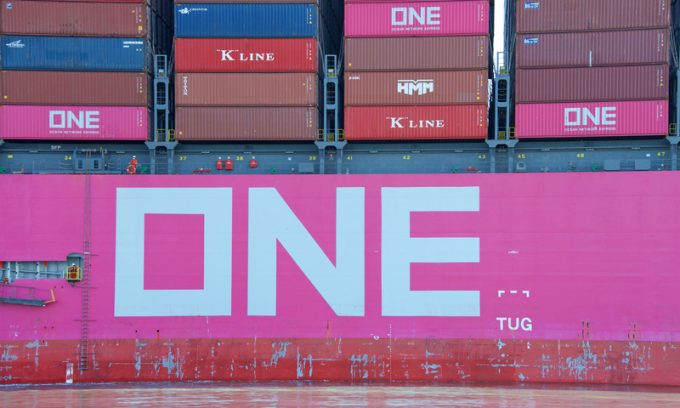'Rollercoaster' Asia to NAWC capacity is increasingly unstable
The Transpacific market is “a rollercoaster ride” according to one major carrier, and data indicates ...

THE Alliance is dropping one of its two pendulum loops and replacing the string with separate Asia to North Europe and Asia to US west coast services.
The severe delays for the vessels on the pendulum loops, waiting for berth and labour for discharge at US ...
CMA CGM South Korean staff strike over bonuses after bumper 2024 profit
MSC switches two more Asia-Europe port calls from congested Antwerp
Ports and supply chain operators weigh in on funding for CPB
Nightmare for Bangladeshi exporters as congestion and tariffs bite
Carriers introduce surcharges as congestion builds at African ports
Box ship overcapacity threat from carrier appetite for new tonnage
CMA airline returns two freighters, while ANA takeover of NCA looms
Tradelanes: Export boom in Indian sub-continent triggers rise in airfreight rates

Comment on this article